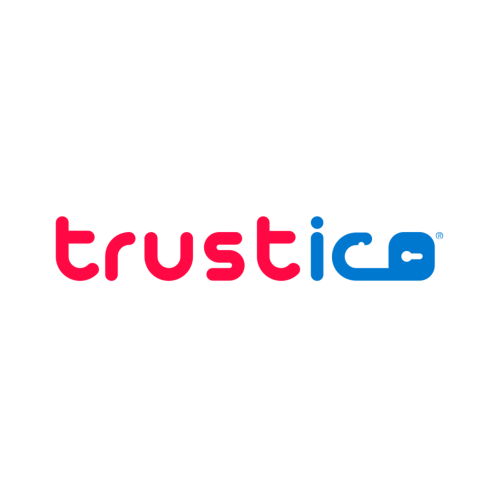VAT (Value Added Tax)

SSL Certificate Maximum Validity Periods and Mu...
SSL Certificate validity periods have undergone dramatic changes since the early days of web encryption. Understanding this history helps explain why the current system exists and where it is heading...
SSL Certificate Maximum Validity Periods and Mu...
SSL Certificate validity periods have undergone dramatic changes since the early days of web encryption. Understanding this history helps explain why the current system exists and where it is heading...

Understanding SSL Certificate Errors
SSL Certificate errors affect businesses of all sizes, from small blogs to enterprise e-commerce platforms. Search engines penalize websites with SSL Certificate issues, visitors lose trust when they see security...
Understanding SSL Certificate Errors
SSL Certificate errors affect businesses of all sizes, from small blogs to enterprise e-commerce platforms. Search engines penalize websites with SSL Certificate issues, visitors lose trust when they see security...

Looking for Cheap SSL? Choose Affordable SSL Th...
Selecting the right SSL Certificate requires balancing cost with quality, security features, and ongoing support. Our affordable SSL Certificates provide enterprise-grade protection without the premium price tag typically associated with...
Looking for Cheap SSL? Choose Affordable SSL Th...
Selecting the right SSL Certificate requires balancing cost with quality, security features, and ongoing support. Our affordable SSL Certificates provide enterprise-grade protection without the premium price tag typically associated with...

SSL Certificate : What You Need to Know About E...
Encryption is a cornerstone of online security, and SSL Certificates are the key to implementing encryption on websites. When an SSL Certificate is installed on a web server, it enables...
SSL Certificate : What You Need to Know About E...
Encryption is a cornerstone of online security, and SSL Certificates are the key to implementing encryption on websites. When an SSL Certificate is installed on a web server, it enables...

Certificate Signing Request (CSR) Generator Tool
The Trustico® CSR Generator eliminates the complexity of command-line tools and platform-specific requirements through an intuitive web interface that guides you through each step.
Certificate Signing Request (CSR) Generator Tool
The Trustico® CSR Generator eliminates the complexity of command-line tools and platform-specific requirements through an intuitive web interface that guides you through each step.

DNS Stamp Generator and Decoder Tool
The Trustico® DNS Stamp generator simplifies creation of properly formatted stamps for any DNS resolver configuration. Users input their resolver details including protocol type, server address, and security properties through...
DNS Stamp Generator and Decoder Tool
The Trustico® DNS Stamp generator simplifies creation of properly formatted stamps for any DNS resolver configuration. Users input their resolver details including protocol type, server address, and security properties through...













